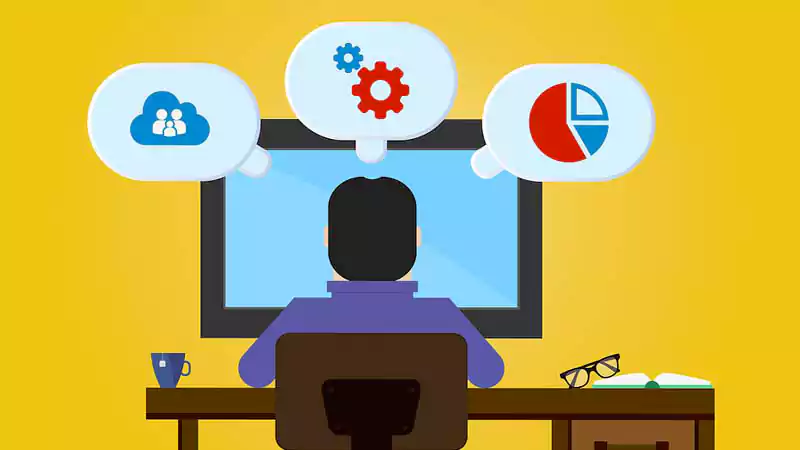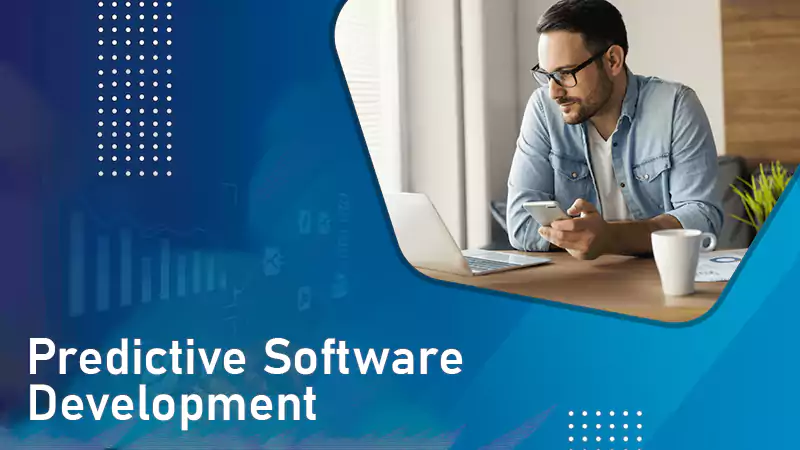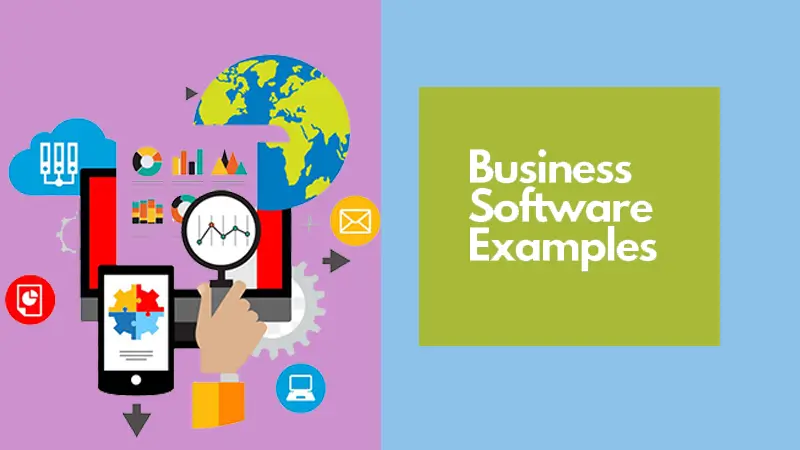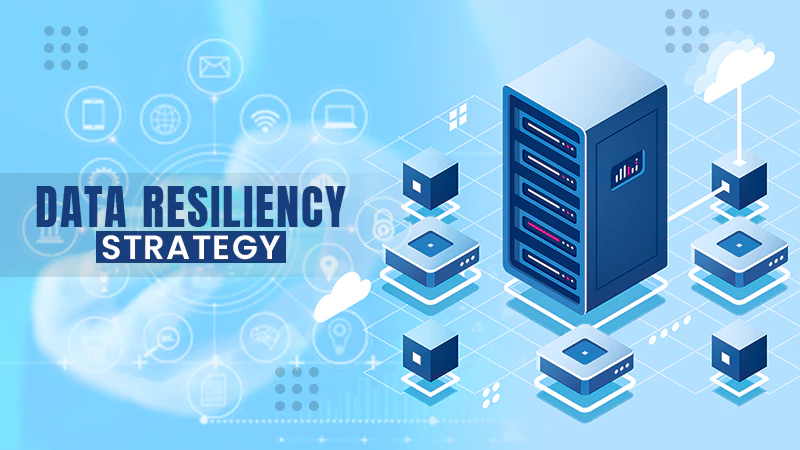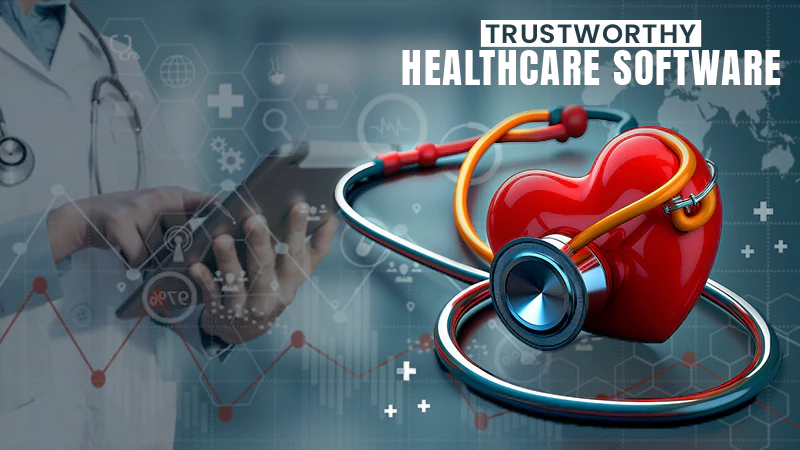A Software Development Tool or a Software Programming Tool is a computer program used by software developers to create, edit, manage, support, and debug other applications, frameworks, and programs.
If you want to be a software or web developer, you should know that you will rarely (if ever) work alone. Even if you elect to work as a freelance developer, you will almost certainly be required to collaborate with others to meet the client’s needs. Understanding the code’s functionality and how it interacts with existing code is essential for the software development profession.
So, while developing code and fixing bugs maybe work you do alone at a computer, it is frequently done in collaboration with people and to attain a larger goal. To give you a clearer idea of what this looks like in practice, we decided to dissect some of the most popular custom software development services models and examine a dozen of the tools that developers use to get the job done.
A variety of tools are used in the software development process. It may be challenging to select the best. We’ve talked about the Best Software Development Tools in the following categories:
5 Software Development Process Models
The development of software is a complex process. This is a team endeavor, from agreeing on what the software should accomplish to design decisions, testing the code, and addressing errors. Several tried-and-true tools are used in software development that teams use to get the product live. Here are five of the most typical:
1. Iterative Model
The iterative paradigm for software development gives an option that is less focused on rigid documentation but allows for ongoing modifications. It employs numerous sprints to rapidly develop and test ideas to guarantee that they are relevant to users. As a result, difficulties are resolved early on, and the team stays on track with the project’s objectives. Agile and Scrum are two of the most widely used iterative software development tools and techniques.
2. Agile Model
Teams in the agile methodology work in sprints to design, create, and test code sections before moving on to the next sprint and building on what has already been created. This enables flexibility and adaptability if project needs and user expectations change.
3. Waterfall Model
Each stage of development in the waterfall model does not begin until the previous stage is completed. This means that design cannot begin until the requirements are determined, and development cannot begin until the design is accepted. This approach to software design is still used by firms, even though all other models on this list were created to address identified shortcomings with this technique.
4. RAD Model
After requirements are specified, the software is written, tested, and improved until users agree the interface and functionality are correct, according to the rapid application development (RAD) methodology. This enables end-users to provide more detailed comments on how the software should be improved.
5. Spiral Model
The spiral model emphasizes software risks. After developers have decided and met their objectives, the risks and problems in the program are discovered, and a new version is built and thoroughly tested. Then, a new spiral may begin, or the product may be finished and ready for release.
Top 5 Software Development Tools
While specific collaboration platforms provide integrated development, some projects will necessitate separate development platforms. These may include extra storage, enhanced security, or integration with code libraries and other features. Here are a few examples of software development tools and techniques.
1. Linx
Linx is one of the software development tools that is a low code tool to build and automate backend applications and web services. The software tool speeds up the design, development, and automation of unique business processes and the simple integration of applications, systems, and databases.
Features:
- A simple, drag-and-drop IDE and server.
- Over 100 pre-built plugins, programming functions, and services are available for rapid development.
- Deployment to any local or cloud server with a single click.
- Inputs and outputs can be almost any SQL or NoSQL database, various file types (text and binary), or REST or SOAP Web services.
- Step-by-step logic for live debugging.
- Use a timer, directory events, or a message queue to automate operations or expose web services and call APIs via HTTP requests.
2. GeneXus
Tools used in software development include GeneXus. GeneXus is an intelligent platform for designing applications and systems that automate creating, developing, and maintaining programs, databases, and mission-critical applications in numerous languages and across multiple platforms.
All GeneXus-modeled applications can be quickly changed to business changes, developed in the most current programming languages, and instantly deployed to every central platform on the market.
GeneXus’ vision is founded on more than three decades of experience in developing application generation and development tools.
Features:
- Automatic software generation based on AI.
- Apps with several experiences. Create a model once, then generate it for various platforms (responsive and progressive web apps, mobile native and hybrid apps, Apple Tv, chatbots & virtual assistants)
- Maximum adaptability. Most databases are supported on the market—capabilities for interoperability in system integration.
- Future-proof: Evolve systems over time and automatically switch across technologies and platforms.
- Help with Business Process Management. Integrated BPM modeling for digital process automation.
- Flexibility in deployment. Apps can be deployed on-premises, in the cloud, or in a hybrid environment.
- Included is an application security module.
- There is no runtime for created apps, nor is there a charge per developer seat.
3. Quixy
Quixy’s cloud-based no-code platform enables enterprises to empower their business users (citizen developers) to automate workflows and construct simple to complex enterprise-grade applications for their bespoke needs up to ten times faster. All without writing a single line of code.
Quixey assists in eliminating manual procedures and the rapid transformation of ideas into applications, allowing businesses to become more innovative, productive, and transparent. Users can start from scratch or customize pre-built apps from the Quixey app store in minutes.
Features:
- To customize the app interface, drag and drop 40+ form fields, including a rich text editor, e-signature, QR-Code scanner, Facial Recognition widget, and much more.
- With an easy-to-use visual designer, you can model any process and create simple complicated workflows that are sequential, parallel, or conditional. Set up notifications, reminders, and escalation levels for each stage in the procedure.
- Integrate with third-party programs with ease with ready-to-use connectors, Webhooks, and API Integrations.
- Apps can be deployed with a single click, and changes can be made on the fly with no downtime. The ability to utilize any browser and device, even when not connected to the internet.
- Live actionable reports and dashboards and the ability to export data in numerous formats and arrange automated report delivery via multiple channels.
- Enterprise-ready with ISO 27001 and SOC2 Type2 certification and all enterprise features such as Custom Themes, SSO, IP filtering, On-Premise implementation, White-Labeling, and so on.
4. CodeLobster
CodeLobster is a free and easy-to-use PHP IDE for creating full-featured web apps. HTML, JavaScript, Smarty, Twig, and CSS are all supported.
Features:
- CodeLobster PHP Edition rationalizes and simplifies the development process, and it also supports CMS such as Joomla, Magneto, Drupal, and WordPress.
- PHP Debugger, PHP Advanced autocomplete, CSS code inspector, DOM elements, keyword auto-completion, and other advanced capabilities of CodeLobster PHP IDE
- PHP Debugger assists users in debugging programs while they are being written and before they are executed.
- CodeLobster provides its users with file explorer capabilities as well as browser previews.
- CodeLobster is available in three versions: free, lite ($39.95), and professional ($999.95).
5. Atom
An atom is a software tool, free and open-source desktop editor, and source code editor that is up to date, user-friendly, and hackable to the core.
Features:
- Atom allows cross-platform editing and is compatible with various operating systems, including Windows, Linux, and OS X.
- An atom is a customizable tool that allows you to efficiently modify the appearance and feel of the User Interface, add a few crucial functions, and so on without having to edit the configuration file.
- Atom’s notable features include its built-in package management, smart autocomplete, multiple panes, file system browser, find and replace capability, etc.
- Atom is used to create cross-platform apps with web technologies utilizing the ‘Electron’ framework.
Conclusion
This guide is for you if you wish to learn about the many tools used in software development. It contains all of the information you need about application development tools and programming software. We hope this article will have provided you with enough information about the topic.
